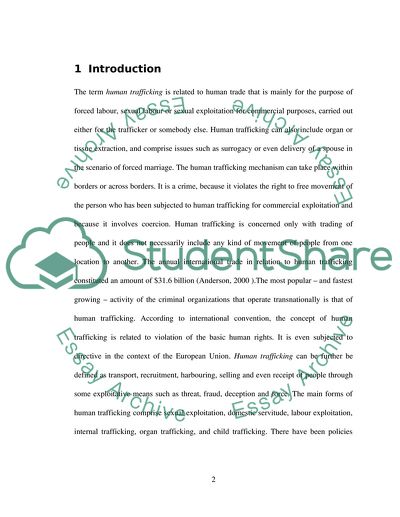Cite this document
(“Globalisation and Crime ( Criminology) Essay Example | Topics and Well Written Essays - 2750 words”, n.d.)
Retrieved from https://studentshare.org/miscellaneous/1646816-globalisation-and-crime-criminology
Retrieved from https://studentshare.org/miscellaneous/1646816-globalisation-and-crime-criminology
(Globalisation and Crime ( Criminology) Essay Example | Topics and Well Written Essays - 2750 Words)
https://studentshare.org/miscellaneous/1646816-globalisation-and-crime-criminology.
https://studentshare.org/miscellaneous/1646816-globalisation-and-crime-criminology.
“Globalisation and Crime ( Criminology) Essay Example | Topics and Well Written Essays - 2750 Words”, n.d. https://studentshare.org/miscellaneous/1646816-globalisation-and-crime-criminology.


